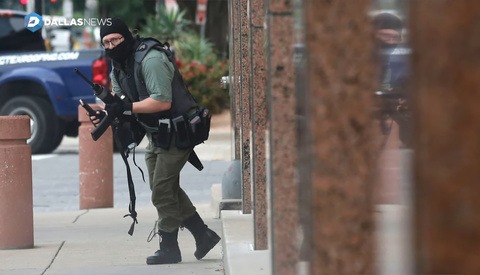Recognizing and Managing Stress and Trauma as a Photographer
No matter how long you’ve been shooting, there’s always been a kind of base level of stress that hangs in the background for every photographer, just out of sight. It’s one of those things that’s always there, even if you don’t notice it.





























![Photo Series Reenacts Natural Home Births, Empowers Women to Do the Same [NSFW]](https://cdn.fstoppers.com/styles/med-16-9/s3/lead/2019/01/natalie-lennard-childbirth-natural-photography-birth-undisturbed.jpg)








